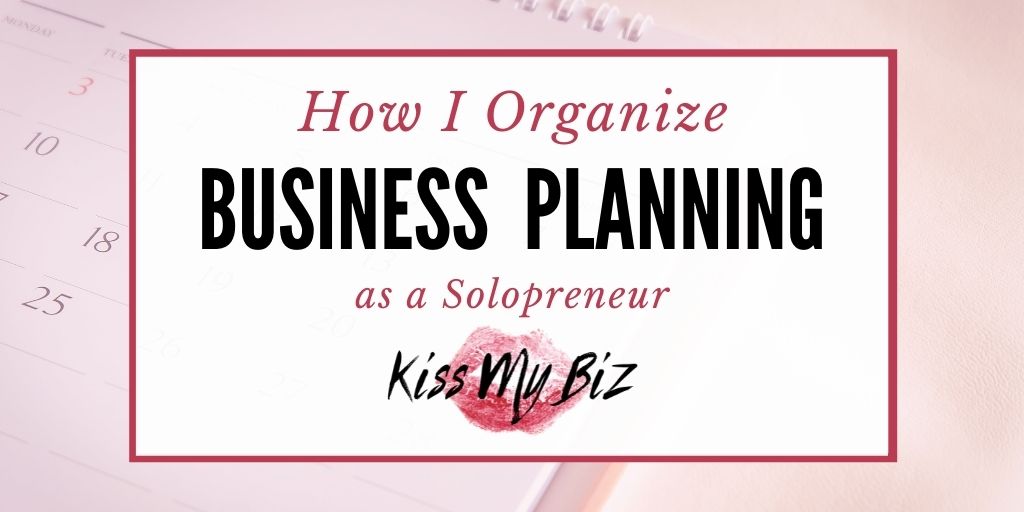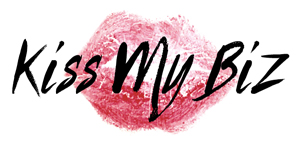
Running a business can sometimes feel overwhelming. There’s always something else to be done. There’s always the risk of forgetting about a task or deadline. And doing that can be costly. That’s where effective and consistent business planning and organization come in.
Today I’d like to share a bit about how I deal with business planning and general organization as a solopreneur.
What works for me might not necessarily work for you, but if you haven’t found your own system yet, perhaps the tools I share here will help.
Analog vs Digital Business Planning (& Why I Use Both)
When dealing with business planning, project planning, or general organization, you have both digital and analog tools available. Which should you use?
Personally, I prefer to use both.
Why?
Over the years, I’ve found I do well with analog options because I’m forced to think things through before I feel comfortable committing plans to paper.
But digital planning tools like apps offer convenience and accessibility analog tools don’t. I don’t want to carry a notebook around everywhere I go to jot down content ideas for example.
Having a dedicated digital tool makes it easy for me to move my notes and tasks back-and-forth.
Digital tools are also great for that instant gratification of checking something off a list and watching it disappear. Analog options, on the other hand, tend to give me a more visual picture of longer-term progress.
Favorite Tools for Planning & Organizing My Work
While calendars – apps and otherwise – are quite possibly the most common business planning and organizational tool, I don’t use one. At least not in a traditional sense.
Instead, these are the most common tools I use for organizing both the service side and publishing side of my business:
Bullet Journals
My primary analog tool for business planning is a collection of bullet journals.
I keep a primary bullet journal to manage day-to-day tasks and trackers. But I also keep separate ones for my web publishing (blogging and other online properties) and more traditional publishing (manuscripts).
These cover long-term planning in a way that’s easy to refer back to without feeling cluttered.
I also use my bullet journals – especially my main one – for quarterly and monthly planning. Every new month gets bookmarked, making it easy to open my book and review goals and progress on a daily basis.
Todoist
On the digital side of things, Todoist is my primary tool. While I opt not to integrate it with a traditional calendar app, it does give me a snapshot of what’s coming up over the next day or week.
I’ve talked more about how I use Todoist over at my Freelance Writing Pros blog, but its main benefit is giving me somewhere to break goals and plans into micro-tasks.
I find it’s much easier for me to tackle big projects when things are broken down in this way – essentially into things I can do in anywhere from five minutes to an hour.
The other benefit of Todoist is that I can access it from anywhere, even if I don’t have my bullet journals with me.
It also features convenient labels. I use this to label each microtask by the amount of time it’s expected to take to complete — into time-based task lists. So, for example, if I find myself with an extra 30 minutes at the end of the day, I can simply pull something off my task list marked as a 30-minute task.
This is also convenient when I’m just not “feeling it” on a particular day. If I can’t bring myself to focus in general, I’ll pull up a five-minute task. After knocking out a few of those, I find it much easier to get into my planned projects for the day.
Index Cards & Notepads
I’m also a big fan of index cards of various sizes and small to mid-sized notebooks.
These are what I use for initial brainstorming when I just want to see something mapped out on paper. It avoids making a mess of my bullet journals by giving me throwaway (recyclable) pages before I commit anything to one of my books. I’m particularly fond of 5×8″ cards.
There’s nothing inherently complicated about my long-term or day-to-day planning. It’s about making anything I might need easily-accessible. And by doing this in both analog and digital formats, I have what I need no matter what kind of head-space I might be in on any given day.
If you’re a solopreneur, what tools and methods do you rely on most to stay organized and plan out your days, weeks, or even years?
